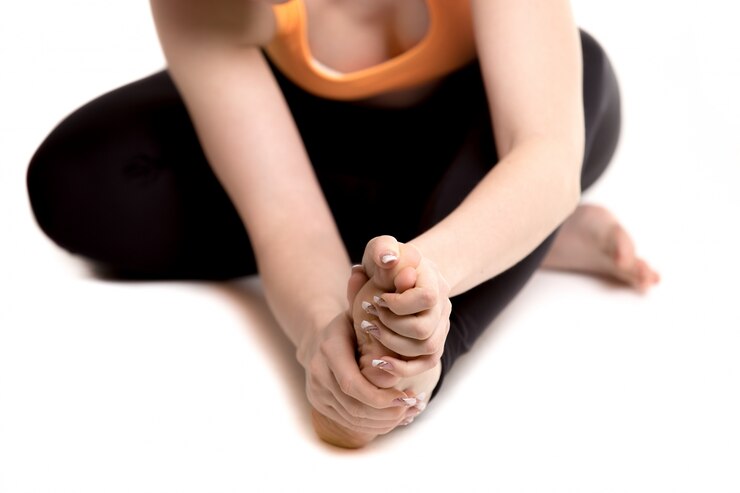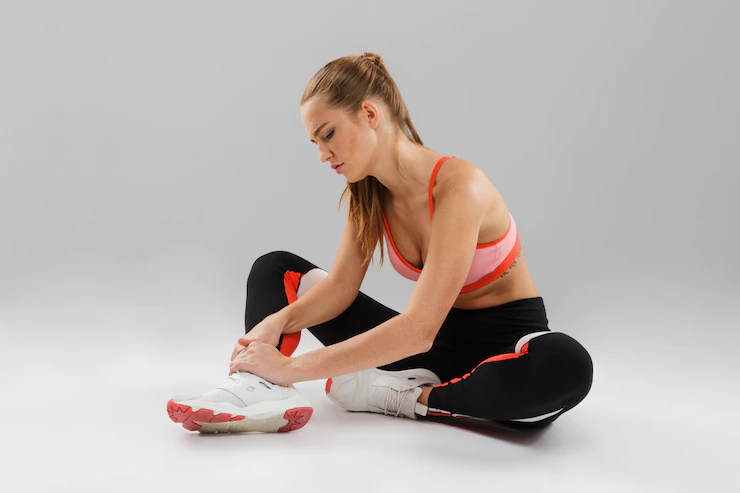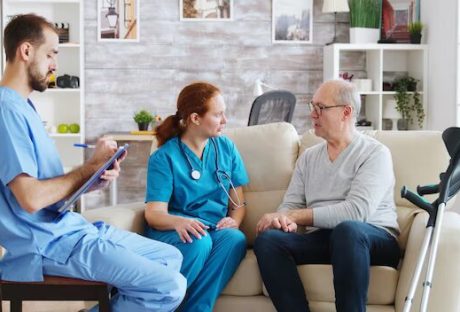We are likely to walk over 100,000 miles over the course of our entire lifetime.
Yes, it’s like circling the earth 4 times at the equator. Although our feet are really important, it is still one of the most neglected body parts.
Have you been feeling foot pain recently?
It is not always the result of you having over-walked or overworked. There can be a lot of reasons for that.
The best news is that you will get a lot of podiatric solutions in Podologo Santo Domingo and soothe your foot pain.
Simple Tips For Preventing Foot Pain And Improve Your Health

Here, we are providing you with some great tips using which you will be able to prevent foot pain or improve the health of your foot. Let’s start now.
Tip No. 1: Stay At A Healthy Weight
Well, your feet are bearing the weight of your entire body. To be honest, the more weight your feet need to support, the harder your feet need to work. So, you need to keep an eye on your weight, which means cutting down your weight.
You necessarily do not have to carry a lot of extra weight in order to feel an impact on your ankles and feet. Only 20 pounds is enough to change the way your foot functions. It increases the force on your feet and eventually triggers pain.
Tip No. 2: Boost Your Flexibility
With growing age, your calf muscles might tighten. It always puts more stress on the balls of your feet. Here, what you can do is stretch your calves on a regular basis. It actually can go a long way when it comes to preventing foot pain.
Here, in Podologo Santo Domingo, we will strongly recommend the following stretch at least 3 times a day.
- First, stand with your toes on a step and keep your heels off the edge.
- Slowly lower both your heels down and hold that position for at least 10 seconds and then lift your heels to the initial higher position.
- Now repeat this same thing 5 to 10 times. Never force your heels father what it wants to go. In case this particular movement is too much for both of your feet at the same time, do one foot at a time.
Tip No. 3: Kick Your High-Heel Habit
Wearing a pair of heels might upgrade your outfit, but at the same time, they also can wreak havoc on your feet. The study has found that it only takes 1 hour of wearing heels for the pain to kick in. That means you also do not need to wear them longer to suffer the pain.
When you are squeezing your feet into those pointy-toed heels, you are actually attracting the risks for a huge number of things, from ingrown toenails, blisters, and bunions to back pain, deformed toes, and shortened calf muscles.
If you are already suffering from ingrown nails and other issues, Podologo Santo Domingo can help you a lot.
Tip No. 4: Wear Shoes That Fit
There are a lot of people who wear the same size of shoes for a considerable amount of time. We never even thought of getting our feet measured. With your age, your feet are also changing shape, and that is why tightening footwear can lead to a lot of things,
- Ingrown toenails.
- Calluses.
- Corns.
- Bunions.
- Deformed toes.
- Heel pain.
If you have to measure your feet recently, do not even think about buying shoes on the internet. Also, stop wearing those tight shoes now. It is damaging your feet. And To reduce foot pain contact Podologo Santo Domingo.
Tip No. 5: Stay Hydrated
Foot pain can always come on all of a sudden and be really painful. Apart from all the things that we have mentioned above, a dietary imbalance and dehydration can be two more reasons why you are feeling pain in your foot.
So, always make sure that you are drinking plenty of fluids, especially when you are exercising. In addition to that, low potassium levels can be the reason for your foot pain. So, include spinach and bananas in your diet.
Read Also:






















